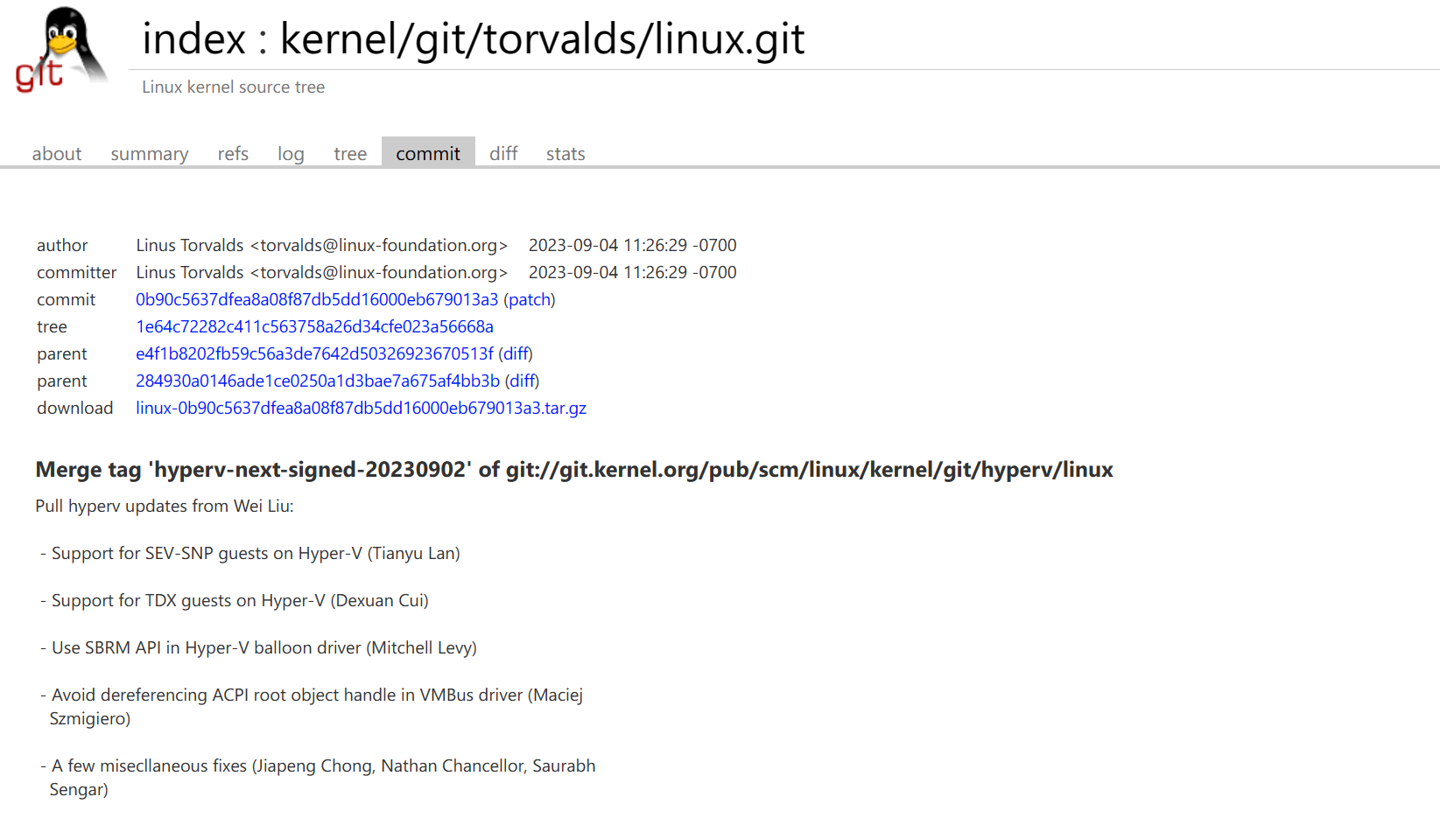这里并未涉及到JSR 181 Annotations 的相关应用,具体的三种方式如下
① 通过WSDL地址来创建动态客户端
② 通过服务端提供的接口来创建客户端
③ 使用Ant通过WSDL文件来生成客户端
第一种方式:通过WSDL地址来创建动态客户端
|
1
2
3
4
5
6
7
8
9
10
11
12
13
14
15
|
package com.jadyer.client;
import java.net.MalformedURLException;
import java.net.URL;
import org.codehaus.xfire.client.Client;
/**
* 通过WSDL来创建动态客户端
* @see 此时需要在项目中引入XFire 1.2 Core Libraries和XFire 1.2 HTTP Client Libraries
*/
public class ClientFromWSDL {
public static void main(String[] args) throws MalformedURLException, Exception {
Client client = new Client(new URL("http://127.0.0.1:8080/XFire_demo/services/XFireServer?wsdl"));
Object[] results11 = client.invoke("sayHello", new Object[]{"Jadyer22"});
System.out.println(results11[0]);
}
}
|
第二种方式:通过服务端提供的端口来创建客户端
|
1
2
3
4
5
6
7
8
9
10
11
12
13
14
15
16
17
18
19
20
21
22
23
24
25
26
27
28
29
30
31
32
33
34
35
36
37
38
39
40
41
42
43
44
45
46
47
48
49
50
51
52
|
package com.jadyer.client;
import java.net.MalformedURLException;
import java.util.List;
import org.codehaus.xfire.client.XFireProxyFactory;
import org.codehaus.xfire.service.Service;
import org.codehaus.xfire.service.binding.ObjectServiceFactory;
import com.jadyer.model.Person;
import com.jadyer.model.User;
import com.jadyer.server.HelloService;
/**
* 通过Web服务端提供的接口来创建客户端
* @see 客户端必须提供一个与服务端完全一致的接口,包名也要一致
* @see 在本例中,需要在客户端(即该项目)中提供HelloService.java接口,以及Person和User两个POJO类
* @see 并且此时需要在项目中引入XFire 1.2 Core Libraries和XFire 1.2 HTTP Client Libraries
*/
public class ClientFromInterface {
public static void main(String[] args)throws MalformedURLException{
//首先使用XFire的ObjectServiceFactory从HelloService接口创建一个服务模型serviceModel
//serviceModel包含服务的说明,换句话说,就是服务的元数据
//Create a metadata of the service
Service serviceModel = new ObjectServiceFactory().create(HelloService.class);
//访问的地址
String serviceURL = "http://127.0.0.1:8080/XFire_demo/services/XFireServer";
//通过查看org.codehaus.xfire.client.XFireProxyFactory源码发现
//下面两行代码与这里直接new XFireProxyFactory()的作用是等效的
//XFire xfire = XFireFactory.newInstance().getXFire();
//XFireProxyFactory factory = new XFireProxyFactory(xfire);
//为XFire获得一个代理工厂对象
//Create a proxy for the deployed service
XFireProxyFactory factory = new XFireProxyFactory();
//通过proxyFactory,使用服务模型serviceModel和服务端点URL(用来获得WSDL)
//得到一个服务的本地代理,这个代理就是实际的客户端
HelloService client = (HelloService)factory.create(serviceModel, serviceURL);
/**
* Invoke the service
* @see 调用服务的本地代理(即实际的客户端)中的方法,便得到我们需要的WebServcie
*/
/*--处理简单对象--*/
String serviceResponse = client.sayHello("Jadyer11");
System.out.println(serviceResponse);
/*--处理对象--*/
User u = new User();
u.setName("Jadyer99");
Person pp = client.getPerson(u);
System.out.println(pp.getName());
/*--处理List--*/
List<Person> personList = client.getPersonList(24, "Jadyer88");
for(Person p : personList){
System.out.println(p.getName());
}
}
}
|
这是它要用到的接口和两个POJO类
|
1
2
3
4
5
6
7
8
9
10
11
12
13
14
15
16
17
18
19
20
21
22
23
24
25
26
27
|
/**
* Web服务提供给客户端的接口
* @see 这是第二种方式创建的客户端,要用到的接口
*/
package com.jadyer.server;
import java.util.List;
import com.jadyer.model.Person;
import com.jadyer.model.User;
public interface HelloService {
public String sayHello(String name);
public Person getPerson(User u);
public List<Person> getPersonList(Integer age, String name);
}
/**
* 第二种方式创建的客户端,要用到的两个POJO类
*/
package com.jadyer.model;
public class User {
private String name;
/*--getter和setter略--*/
}
package com.jadyer.model;
public class Person {
private Integer age;
private String name;
/*--getter和setter略--*/
}
|
第三种方式:使用Ant通过WSDL文件来生成客户端
|
1
2
3
4
5
6
7
8
9
10
11
12
13
14
15
16
17
18
19
20
|
package com.jadyer.client;
/**
* 使用Ant通过WSDL生成客户端
* @see 这里的ClientFromAnt.java是我自己创建的,并非Ant生成
* @see 这里要用到的JAR有:xfire-all-1.2.6.jar以及//xfire-distribution-1.2.6//lib//目录中的所有JAR包
* @see 我们需要把这些JAR包都拷贝到Web Project//WebRoot//WEB-INF//lib//目录中
* @see 然后把build.xml和MyFirstXFireServer.wsdl都拷贝到下Web Project的根目录下即可
* @see 关于MyFirstXFireServer.wsdl文件,是我在WebServices服务启动后
* @see 访问http://127.0.0.1:8080/XFire_demo/services/XFireServer?wsdl然后将其另存得到的
*/
public class ClientFromAnt {
public static void main(String[] args) {
XFireServerClient client = new XFireServerClient();
//String url = "http://127.0.0.1:8080/XFire_demo/services/XFireServer";
//String result = client.getXFireServerHttpPort(url).sayHello("Jadyer33");
//上面的两行代码,与下面的这一行代码,同效~~
String result = client.getXFireServerHttpPort().sayHello("Jadyer33");
System.out.println(result);
}
}
|
用到的Ant文件,如下
|
1
2
3
4
5
6
7
8
9
10
11
12
|
<?xml version="1.0" encoding="UTF-8"?>
<project name="wsgen" default="wsgen" basedir=".">
<path id="classpathId">
<fileset dir="./WebRoot/WEB-INF/lib">
<include name="*.jar" />
</fileset>
</path>
<taskdef classpathref="classpathId" name="wsgen" classname="org.codehaus.xfire.gen.WsGenTask"/>
<target name="wsgen" description="generate client">
<wsgen outputDirectory="./src/" wsdl="MyFirstXFireServer.wsdl" binding="xmlbeans" package="com.jadyer.client" overwrite="true"/>
</target>
</project>
|
也可以使用下面的这个Ant文件
|
1
2
3
4
5
6
7
8
9
10
11
12
13
14
|
<?xml version="1.0" encoding="UTF-8"?>
<project name="xfireAnt" basedir="." default="createClientCode">
<property name="xfirelib" value="${basedir}/WebRoot/WEB-INF/lib"/>
<property name="sources" value="${basedir}/src"/>
<path id="classpath">
<fileset dir="${xfirelib}">
<include name="*.jar"/>
</fileset>
</path>
<target name="createClientCode">
<taskdef name="wsgen" classname="org.codehaus.xfire.gen.WsGenTask" classpathref="classpath"/>
<wsgen outputDirectory="${sources}" wsdl="http://127.0.0.1:8080/XFire_demo/services/XFireServer?wsdl" package="com.jadyer.client" overwrite="true"/>
</target>
</project>
|
最后我再把MyFirstXFireServer.wsdl的内容,附加上
|
1
2
3
4
5
6
7
8
9
10
11
12
13
14
15
16
17
18
19
20
21
22
23
24
25
26
27
28
29
30
31
32
33
34
35
36
37
38
39
40
41
42
43
44
45
46
47
48
49
50
51
52
53
54
55
56
57
58
59
60
61
62
63
|
<?xml version="1.0" encoding="UTF-8"?>
<wsdl:definitions targetNamespace="http://www.jadyer.com/XFireDemo"
xmlns:tns="http://www.jadyer.com/XFireDemo"
xmlns:wsdlsoap="http://schemas.xmlsoap.org/wsdl/soap/"
xmlns:soap12="http://www.w3.org/2003/05/soap-envelope"
xmlns:xsd="http://www.w3.org/2001/XMLSchema"
xmlns:soapenc11="http://schemas.xmlsoap.org/soap/encoding/"
xmlns:soapenc12="http://www.w3.org/2003/05/soap-encoding"
xmlns:soap11="http://schemas.xmlsoap.org/soap/envelope/"
xmlns:wsdl="http://schemas.xmlsoap.org/wsdl/">
<wsdl:types>
<xsd:schema xmlns:xsd="http://www.w3.org/2001/XMLSchema"
attributeFormDefault="qualified"
elementFormDefault="qualified"
targetNamespace="http://www.jadyer.com/XFireDemo">
<xsd:element name="sayHello">
<xsd:complexType>
<xsd:sequence>
<xsd:element maxOccurs="1" minOccurs="1" name="in0" nillable="true" type="xsd:string" />
</xsd:sequence>
</xsd:complexType>
</xsd:element>
<xsd:element name="sayHelloResponse">
<xsd:complexType>
<xsd:sequence>
<xsd:element maxOccurs="1" minOccurs="1" name="out" nillable="true" type="xsd:string" />
</xsd:sequence>
</xsd:complexType>
</xsd:element>
</xsd:schema>
</wsdl:types>
<wsdl:message name="sayHelloRequest">
<wsdl:part name="parameters" element="tns:sayHello"></wsdl:part>
</wsdl:message>
<wsdl:message name="sayHelloResponse">
<wsdl:part name="parameters" element="tns:sayHelloResponse"></wsdl:part>
</wsdl:message>
<wsdl:portType name="XFireServerPortType">
<wsdl:operation name="sayHello">
<wsdl:input name="sayHelloRequest" message="tns:sayHelloRequest">
</wsdl:input>
<wsdl:output name="sayHelloResponse" message="tns:sayHelloResponse">
</wsdl:output>
</wsdl:operation>
</wsdl:portType>
<wsdl:binding name="XFireServerHttpBinding" type="tns:XFireServerPortType">
<wsdlsoap:binding style="document" mce_style="document" transport="http://schemas.xmlsoap.org/soap/http" />
<wsdl:operation name="sayHello">
<wsdlsoap:operation soapAction="" />
<wsdl:input name="sayHelloRequest">
<wsdlsoap:body use="literal" />
</wsdl:input>
<wsdl:output name="sayHelloResponse">
<wsdlsoap:body use="literal" />
</wsdl:output>
</wsdl:operation>
</wsdl:binding>
<wsdl:service name="XFireServer">
<wsdl:port name="XFireServerHttpPort" binding="tns:XFireServerHttpBinding">
<wsdlsoap:address location="http://127.0.0.1:8080/XFire_demo/services/XFireServer" />
</wsdl:port>
</wsdl:service>
</wsdl:definitions>
|
第四种方法
这种方法用到了spring的jar包,是前几天在找XFire+Spring的资料的时候看到的,在这里也是做个记录。同样的,这种方法和上面所提到的第二种方法在客户端都需要与服务器一样的接口,包名也必须一样。
(1)在src目录下新建client.xml(名字并非特定)
|
1
2
3
4
5
6
7
8
9
10
11
12
13
14
|
<?xml version="1.0" encoding="UTF-8"?>
<!DOCTYPE beans PUBLIC "-//SPRING//DTD BEAN//EN" "http://www.springframework.org/dtd/spring-beans.dtd">
<beans>
<bean id="baseService" class="org.codehaus.xfire.spring.remoting.XFireClientFactoryBean" lazy-init="false" abstract="true"/>
<!-- id的名字作为标识,用于客户端程序中获取service,若有多个service咋在下面添加多个bean即可-->
<bean id="MathService" parent="baseService">
<property name="serviceClass">
<value>service.MathService</value>
</property>
<property name="wsdlDocumentUrl">
<value>http://localhost:8080/myservice/mathWebService?wsdl</value>
</property>
</bean>
</beans>
|
(2)在程序中调用服务代码非常简单
|
1
2
3
|
ApplicationContext ctx = new ClassPathXmlApplicationContext("client.xml");
MathService mathService = (MathService)ctx.getBean("MathService");
int result = mathService.add(int one,int two);
|
第五种办法
先获取到wsdl文件,命名为mathWebService.wsdl放在客户端的src目录下,接着通过程序访问该wsdl文件,并调用需要的方法。
|
1
2
3
4
5
6
7
8
9
|
String wsdl = "mathWebService.wsdl " ; // 对应的WSDL文件
Resource resource = new ClassPathResource(wsdl);
Client client = new Client(resource.getInputStream(), null ); // 根据WSDL创建客户实例
Object[] objArray = new Object[ 2 ];
objArray[ 0 ] = 2 ;
obiArray[1] = 3;
// 调用特定的Web Service方法
Object[] results = client.invoke( " add " , objArray);
System.out.println( " result: " + results[ 0 ]);
|
对于这几种方法,第一种方法如果传递的参数为服务器端的实体对象,这点好像比较麻烦,不知道在客户端建立和服务器端相同的实体类行不行,没有实践,返回结果如果是复杂数据类型的话不知道有没有什么问题,或者如何转换,没有深入研究。而且我个人觉得方法调用不是那么直观。
以上就是本文的全部内容,希望本文的内容对大家的学习或者工作能带来一定的帮助,同时也希望多多支持快网idc!
原文链接:http://www.cnblogs.com/toyz/p/6340269.html
相关文章
- ASP.NET本地开发时常见的配置错误及解决方法? 2025-06-10
- ASP.NET自助建站系统的数据库备份与恢复操作指南 2025-06-10
- 个人网站服务器域名解析设置指南:从购买到绑定全流程 2025-06-10
- 个人网站搭建:如何挑选具有弹性扩展能力的服务器? 2025-06-10
- 个人服务器网站搭建:如何选择适合自己的建站程序或框架? 2025-06-10
- 2025-07-10 怎样使用阿里云的安全工具进行服务器漏洞扫描和修复?
- 2025-07-10 怎样使用命令行工具优化Linux云服务器的Ping性能?
- 2025-07-10 怎样使用Xshell连接华为云服务器,实现高效远程管理?
- 2025-07-10 怎样利用云服务器D盘搭建稳定、高效的网站托管环境?
- 2025-07-10 怎样使用阿里云的安全组功能来增强服务器防火墙的安全性?
快网idc优惠网
QQ交流群
-
2025-05-29 67
-
微软改善 Linux 内核 6.6 版本中对于 Hyper-V 的支持,可带来额外安全性
2025-05-27 32 -
美国服务器搭建蜘蛛池业务的优势(美国服务器搭建蜘蛛池业务的优势有哪些呢)
2025-05-25 97 -
2025-06-04 95
-
2025-05-29 76










